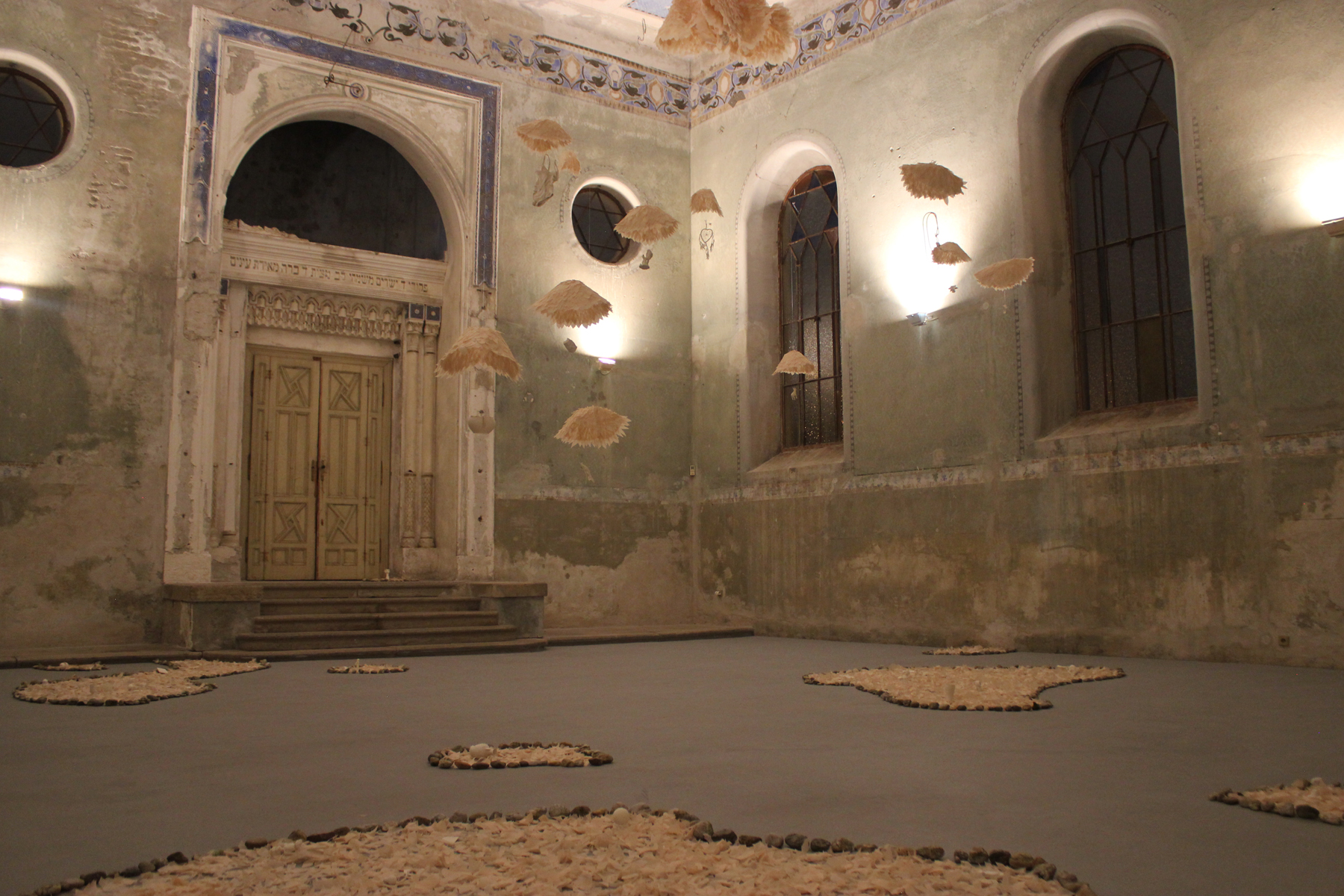
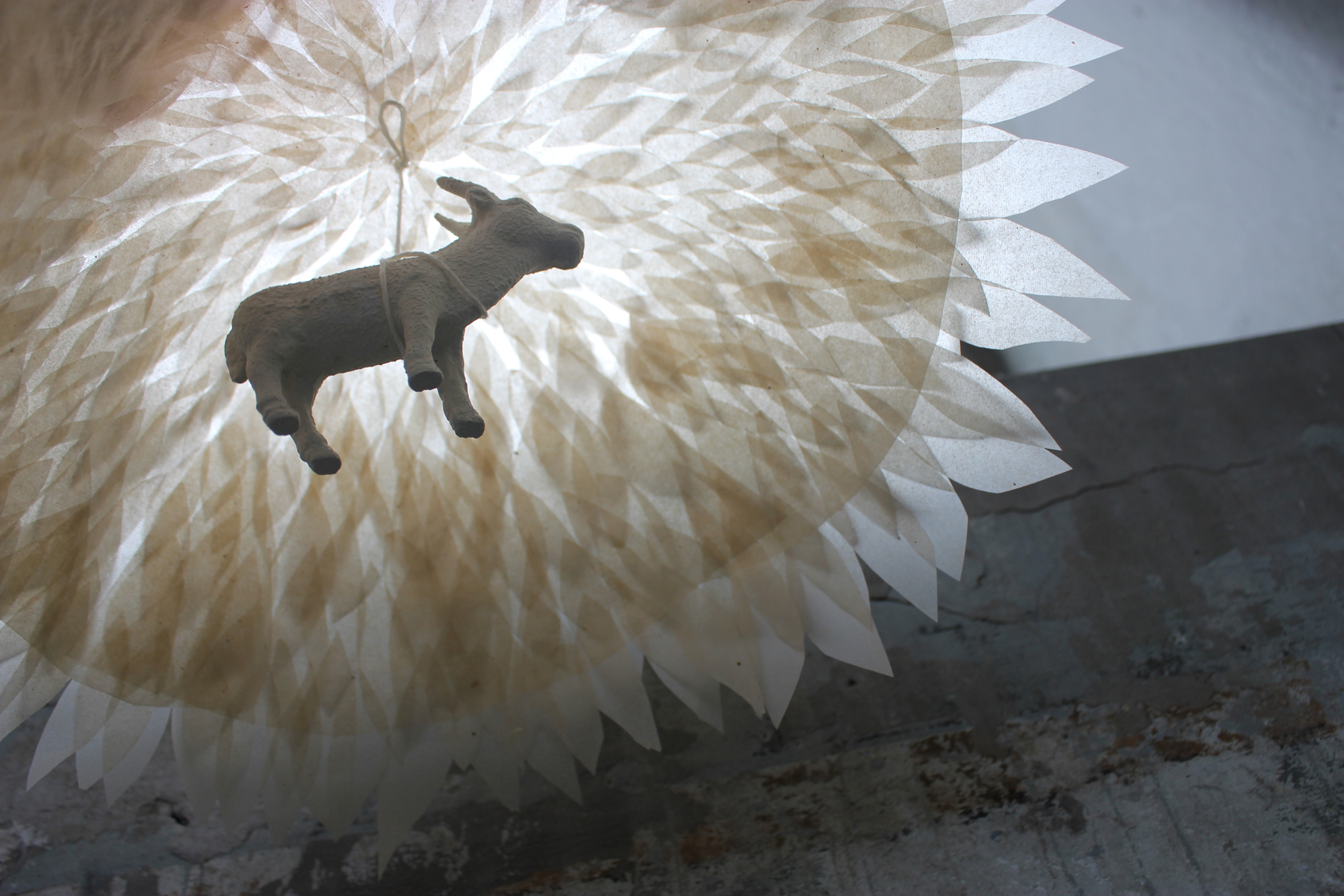
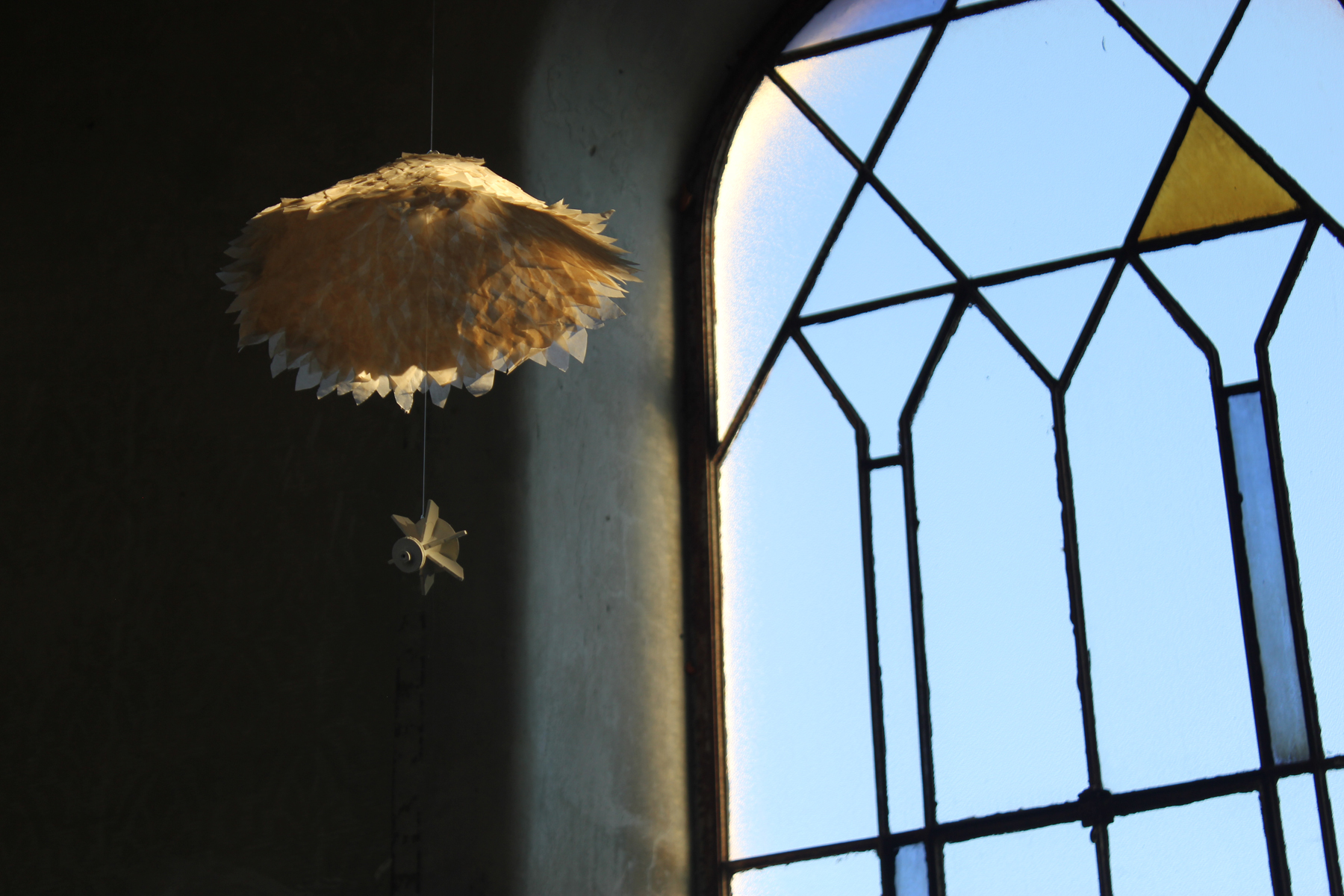
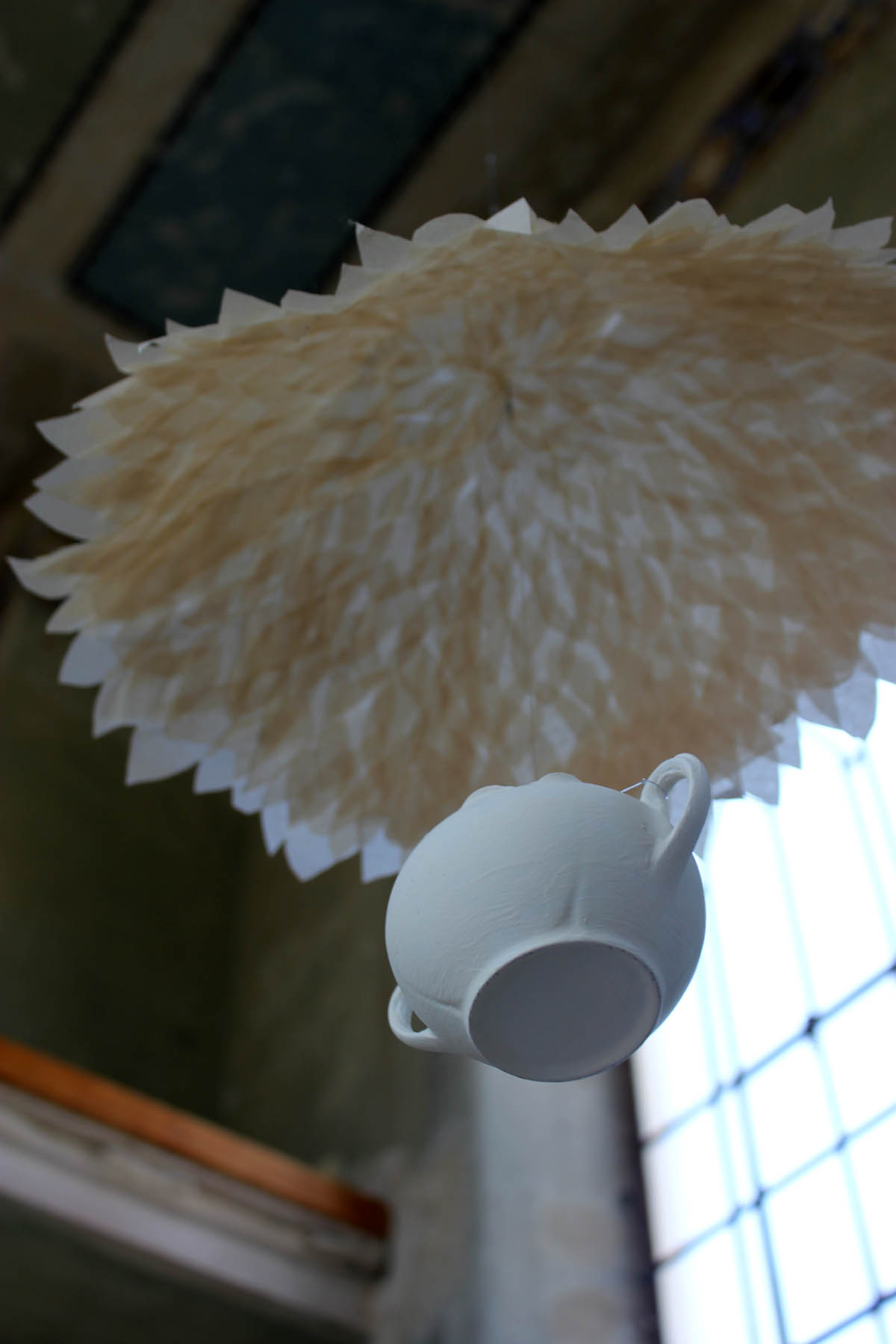
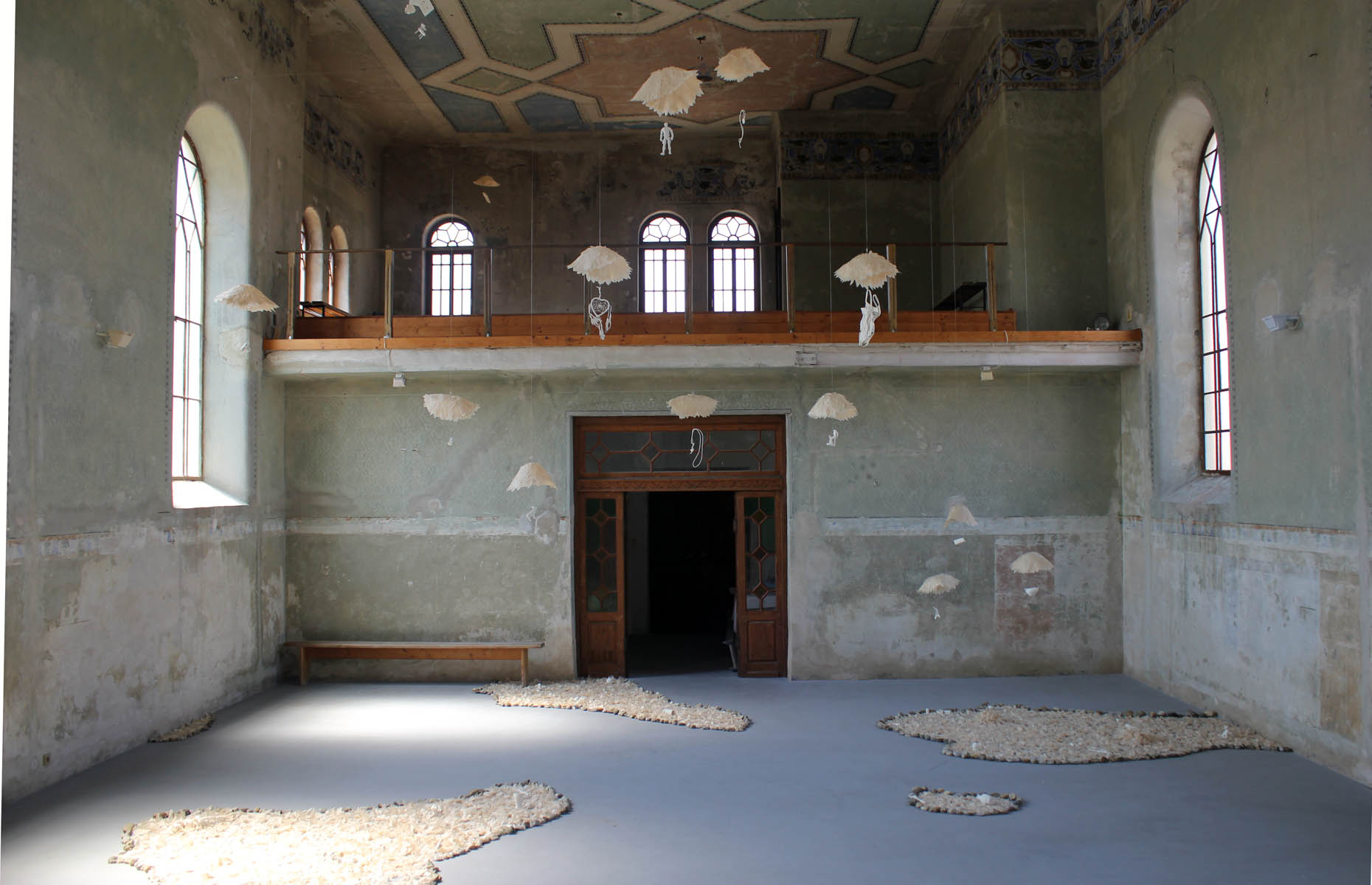
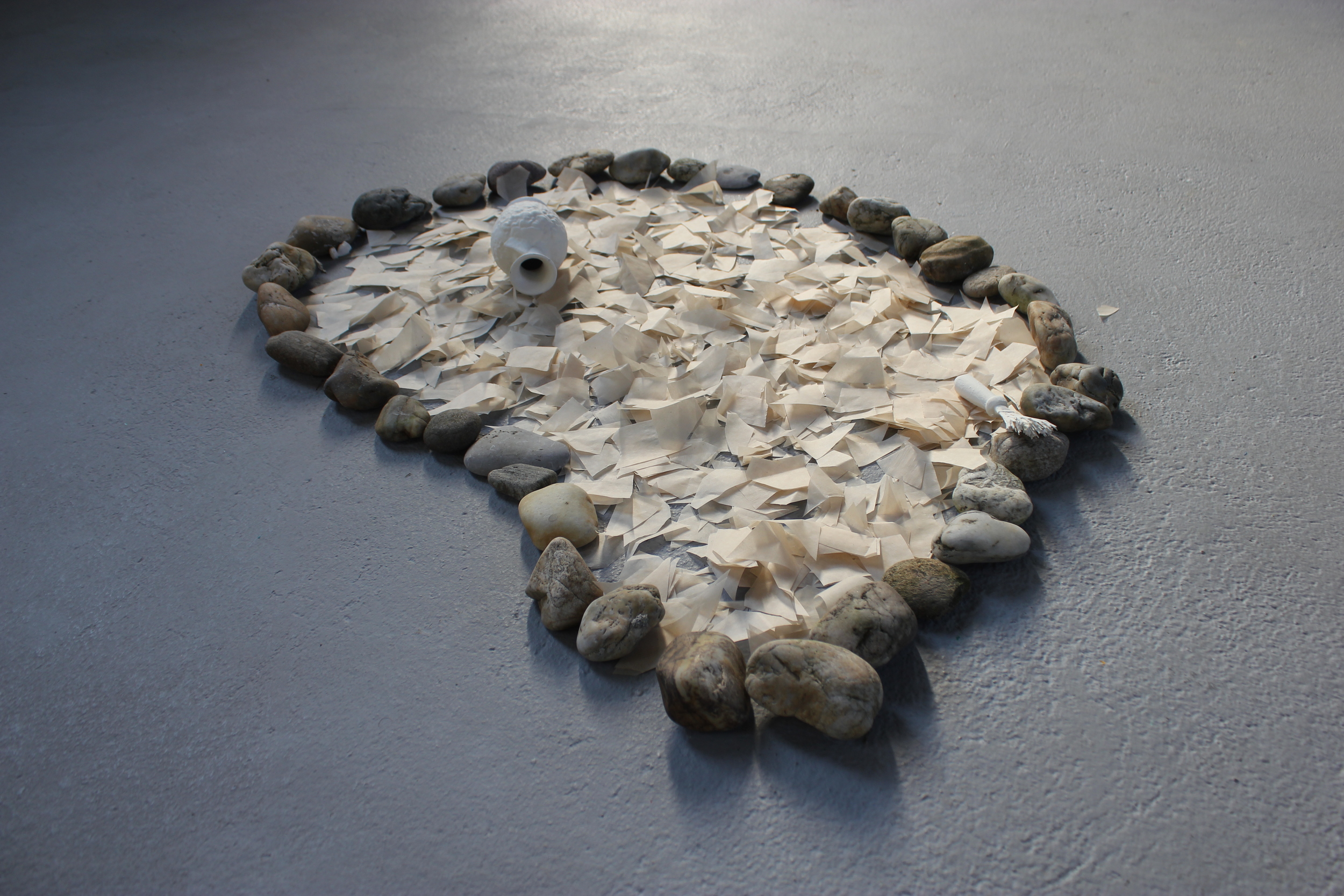
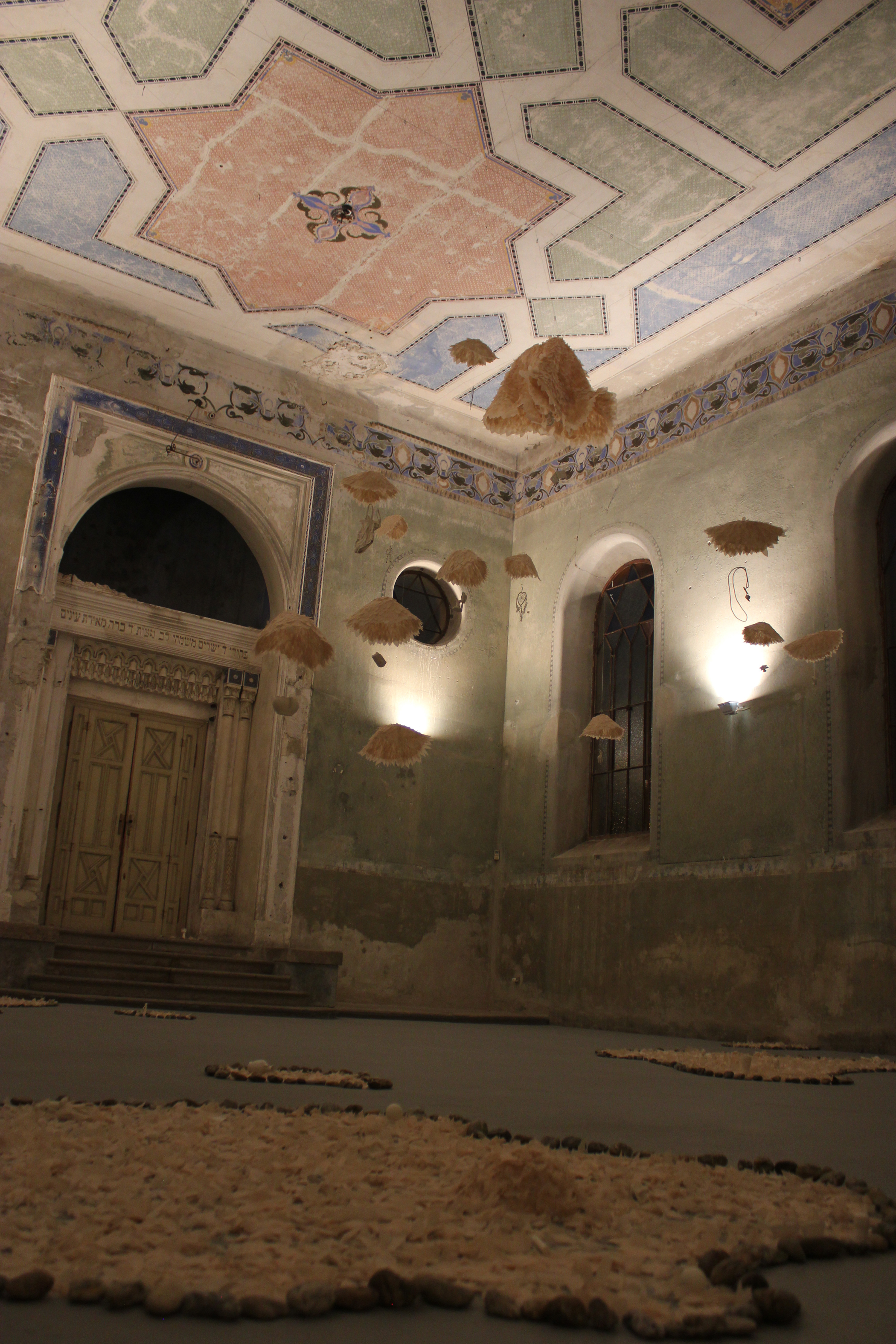
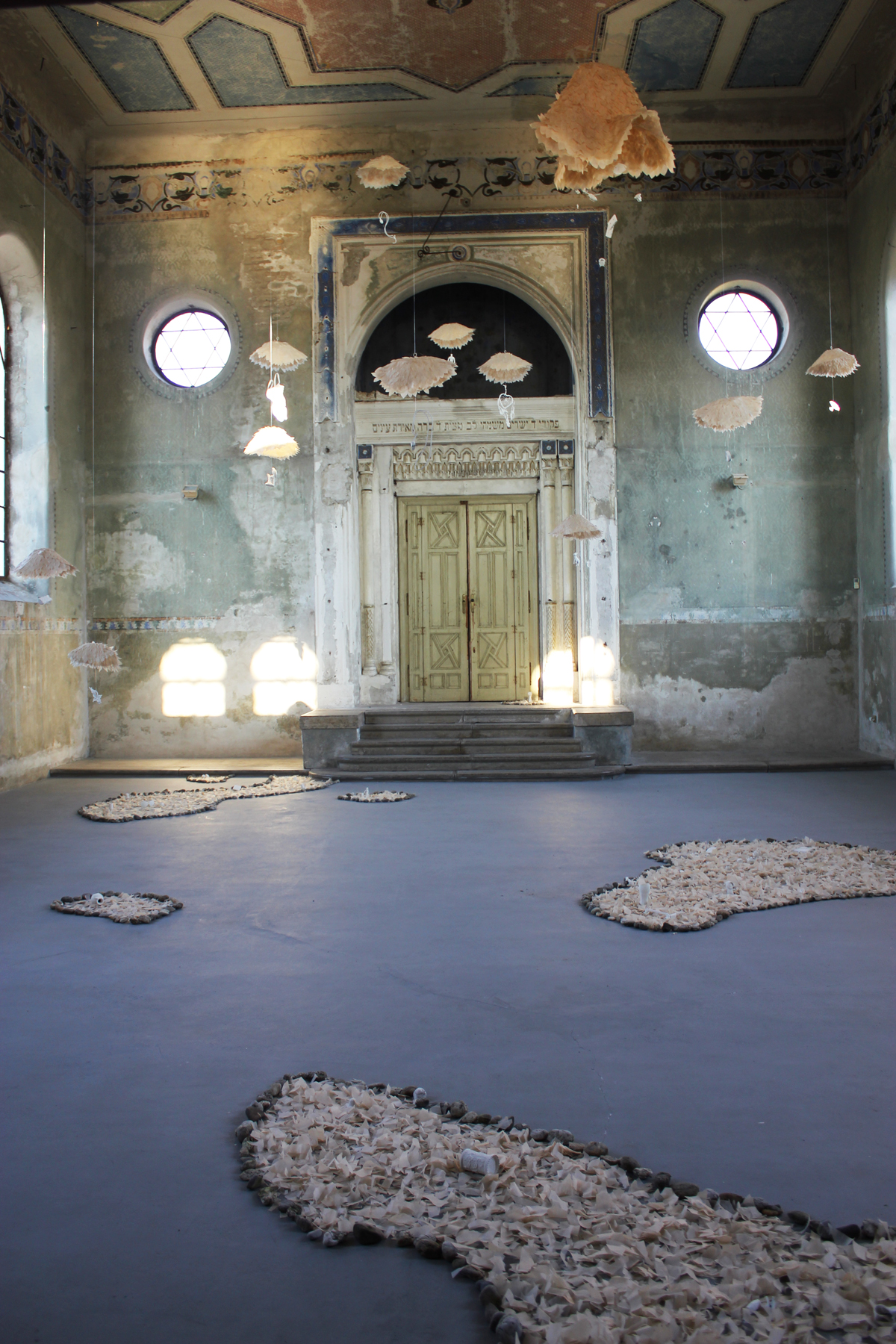
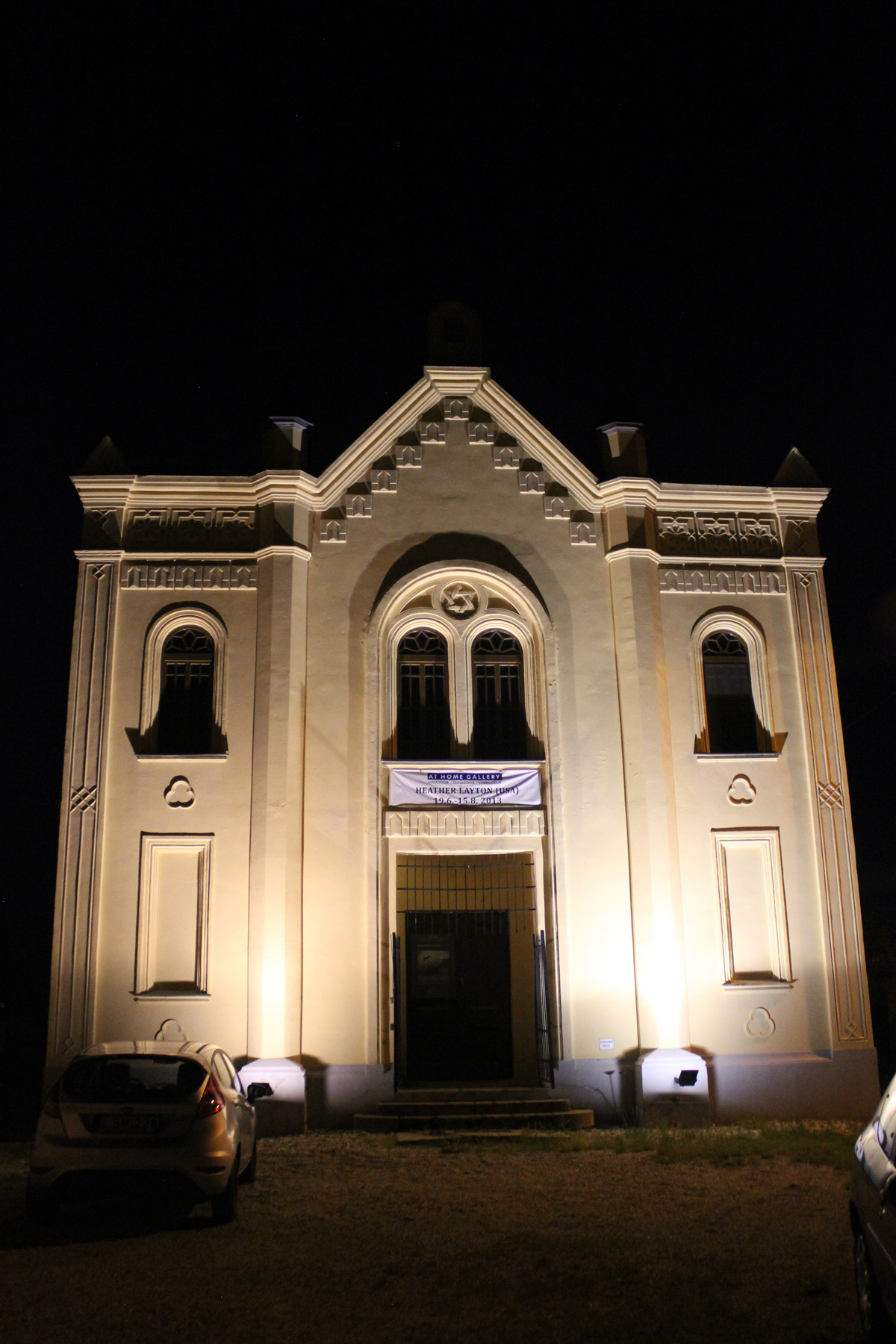
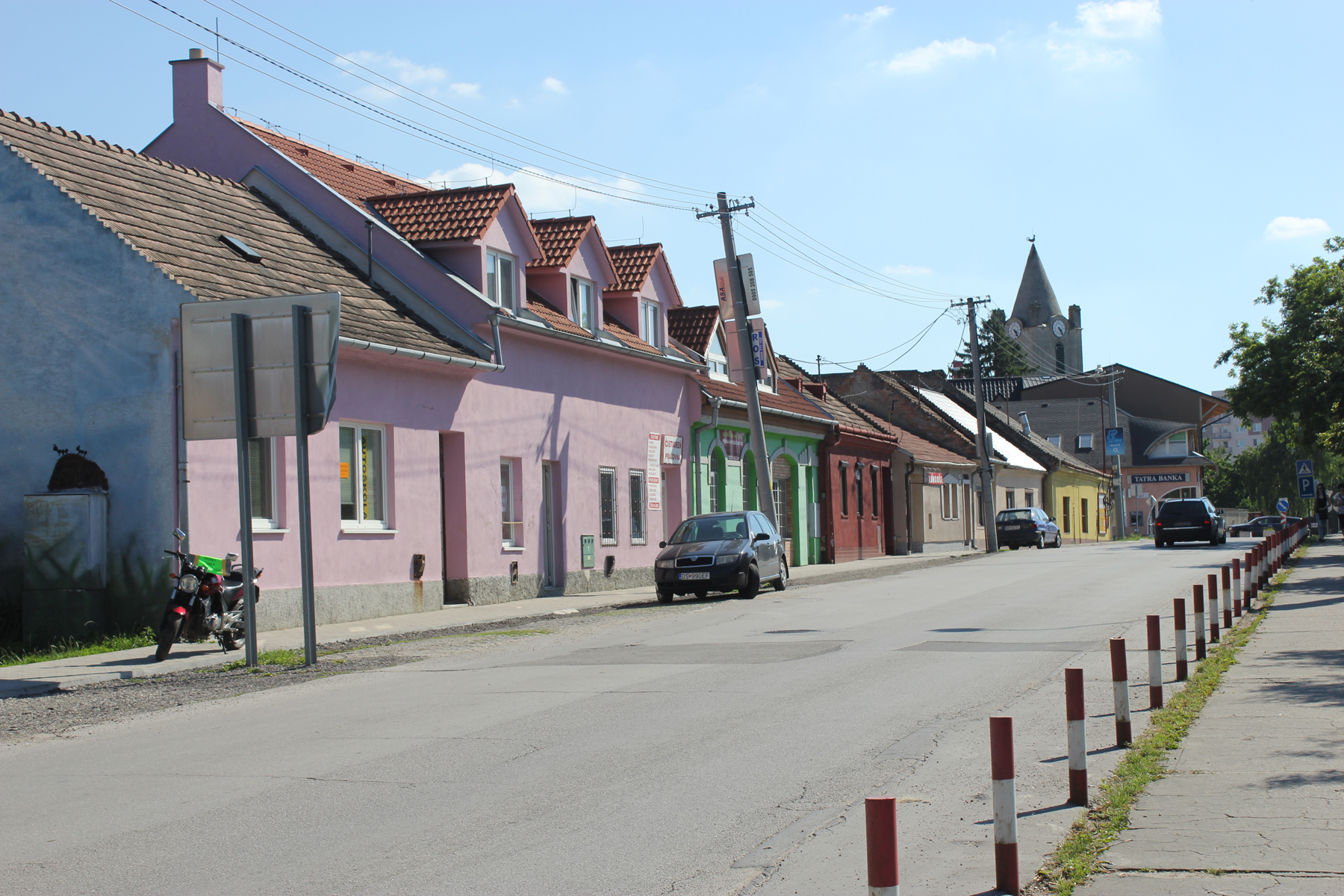
At any given moment, we are surrounded by thousands of objects. Most are functional. Some are decorative. A select few have immeasurable worth that extends far beyond their physical form. These are the objects with histories and memories. We carry them as proof that a moment or a person existed: a stone picked up on vacation, a doorknob from a house we used to live in, or a figurine that is only significant because we remember it on the shelf in grandmother’s kitchen. In real life, these objects are often broken, stolen, misplaced, damaged, outgrown, forgotten, disrespected, or discarded despite our best efforts to protect them. Rather than being tossed into a garbage can, I imagine an afterlife for irreplaceable objects, a safe space where they are recognized for their personal and cultural value and not only for their material parts. This synagogue-turned art space, after having survived the devastation of WWII and the neglect of the Communist era, becomes this safe space. The exhibition is not only about our personal objects or the significance of the synagogue’s history. It is also about the need for us to respect and protect the memories of all people and not only our own.
This installation was created as part of an art residency at the At Home Gallery and Contemporary Art Center in Samorin, Slovakia. I dedicate the exhibition to Czaba and Suzanne Kiss, who saved the synagogue, to my four grandparents, and to the things that will always remind me of them: the key for the gate, the ceramic elephant, the violin, the flagpole, and the bottomless cup of apple cider.